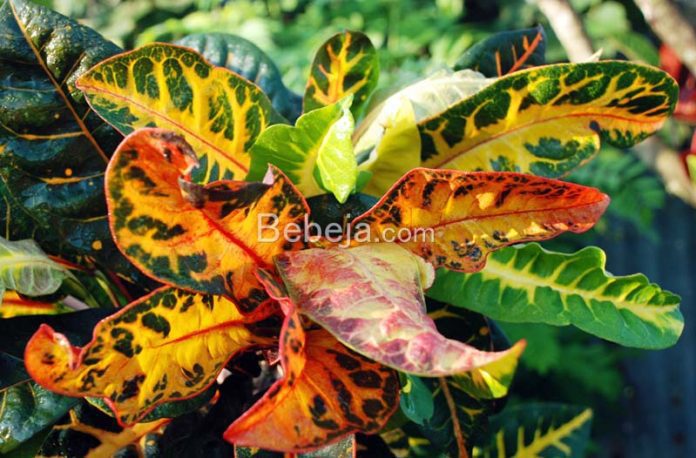The croton plant (Codiaeum variegatum) is an ornamental plant that was once a trend among planters and hobbyists. They competed to produce new species by crossbreeding, resulting in new colors and variations in the shape of croton leaves that attracted the attention of consumers.
To crossbreed ornamental croton plants, simply place pollen on the stigma between the selected parents to obtain the desired offspring. When selecting parent plants, it is recommended to choose those that are 2-2.5 years old.
Croton is a unique plant species that can produce new varieties without the need for crossbreeding, although the success rate is low. This is due to the high and unstable genetic diversity of croton, which can cause changes in the plant’s genetic code. As a result, the shape and color of croton leaves may vary.
The croton plant is a shrubby perennial that can grow up to 3 meters tall. Its stem is branched, round, woody, and thin-skinned. When young, the stem is greenish, but it turns brown as the plant ages. The leaves come in various colors, including white, yellow, red, green, and brown.
The plant was first identified as puring by Rumphius, a German botanist, and is native to Ambon. It can be found in various regions of Indonesia, such as Maluku, Flores, Bali, Java, Kalimantan, and Sumatra. Puring, also known as tarimas (North Sumatra), dahengara (Manado), leaf garda (Timor), kodihu (Ambon), pudieng (Lampung), keroton & kerotong (Madura), demung (Bali), sumanga (Makassar), and susu rite (Seram Island).
